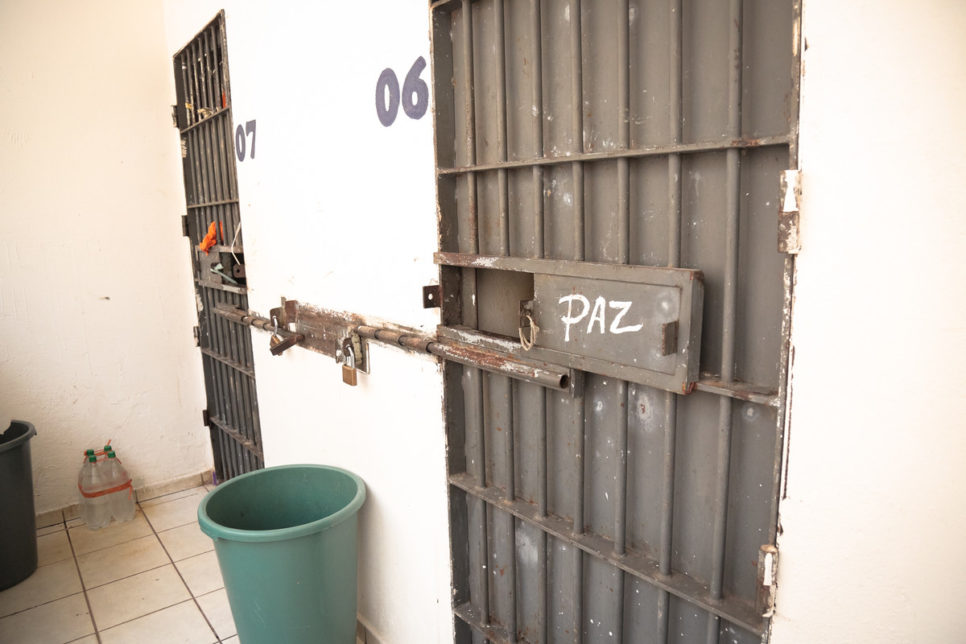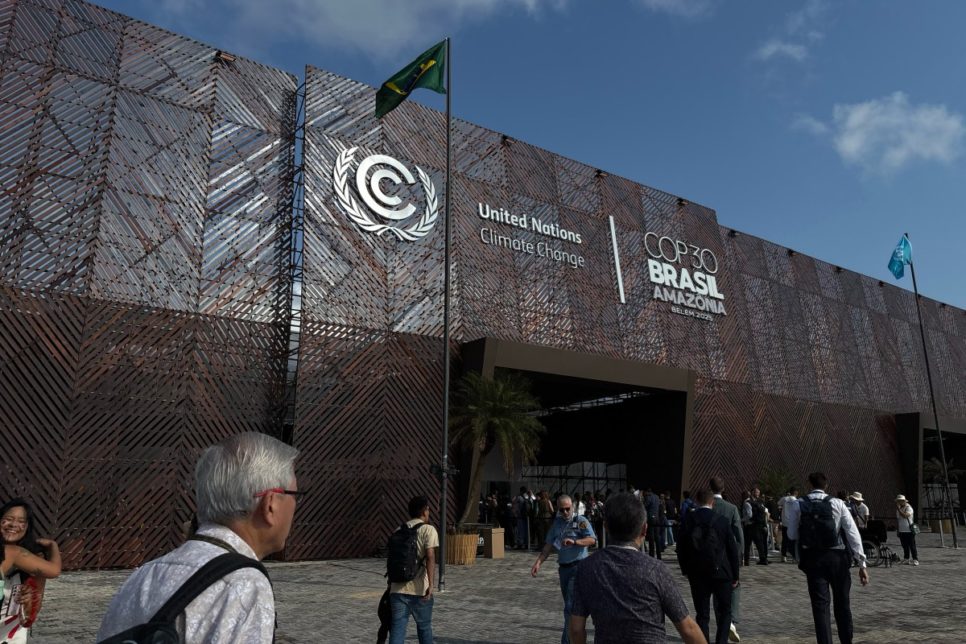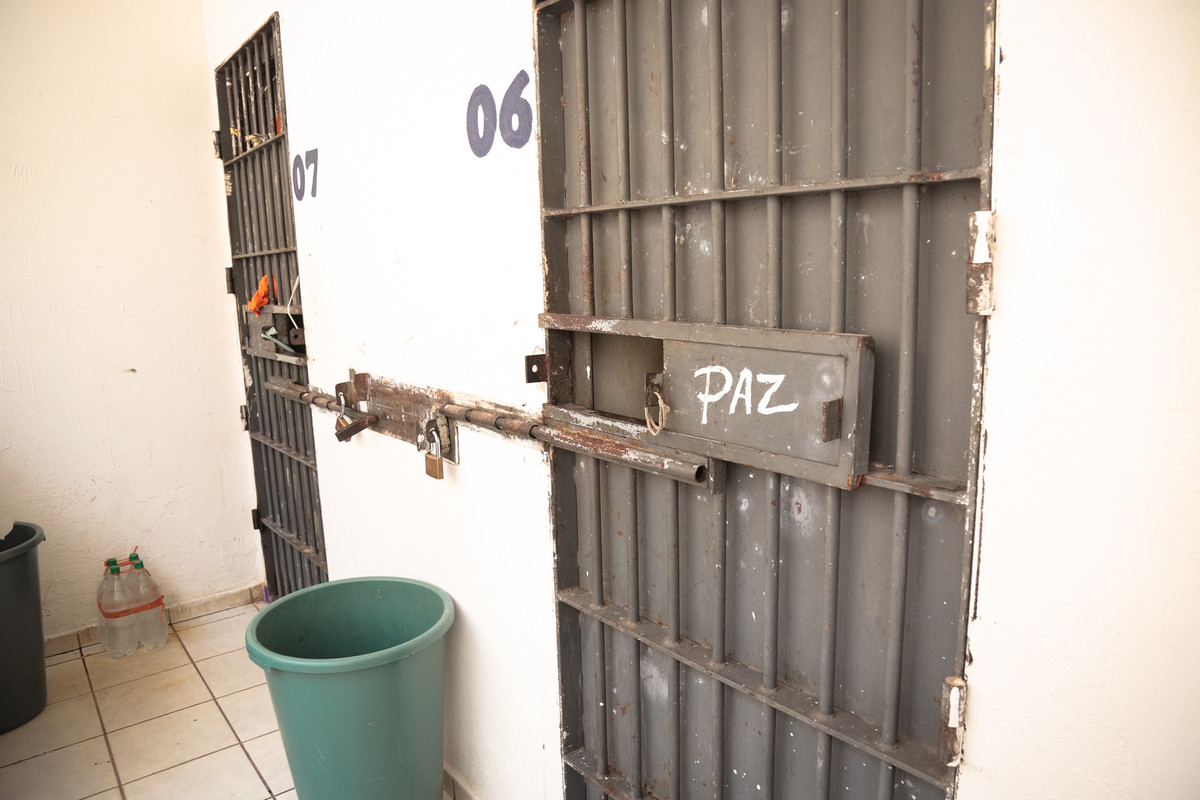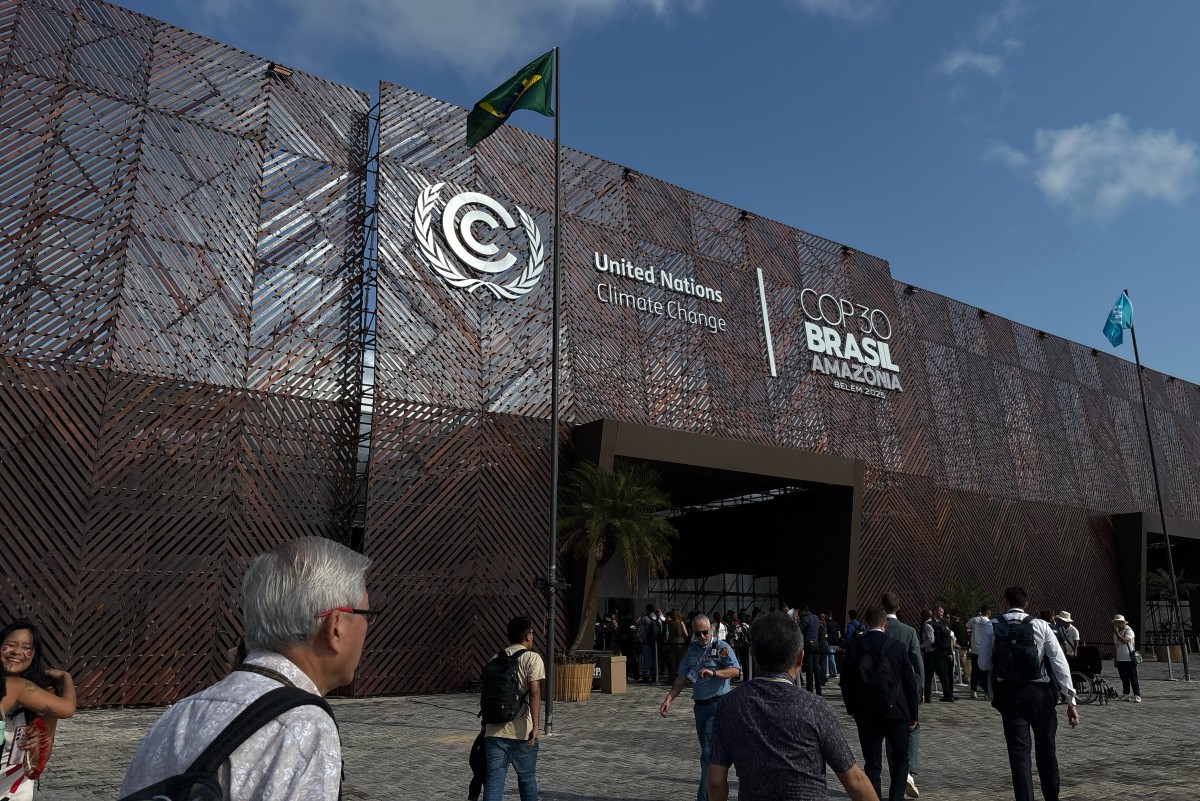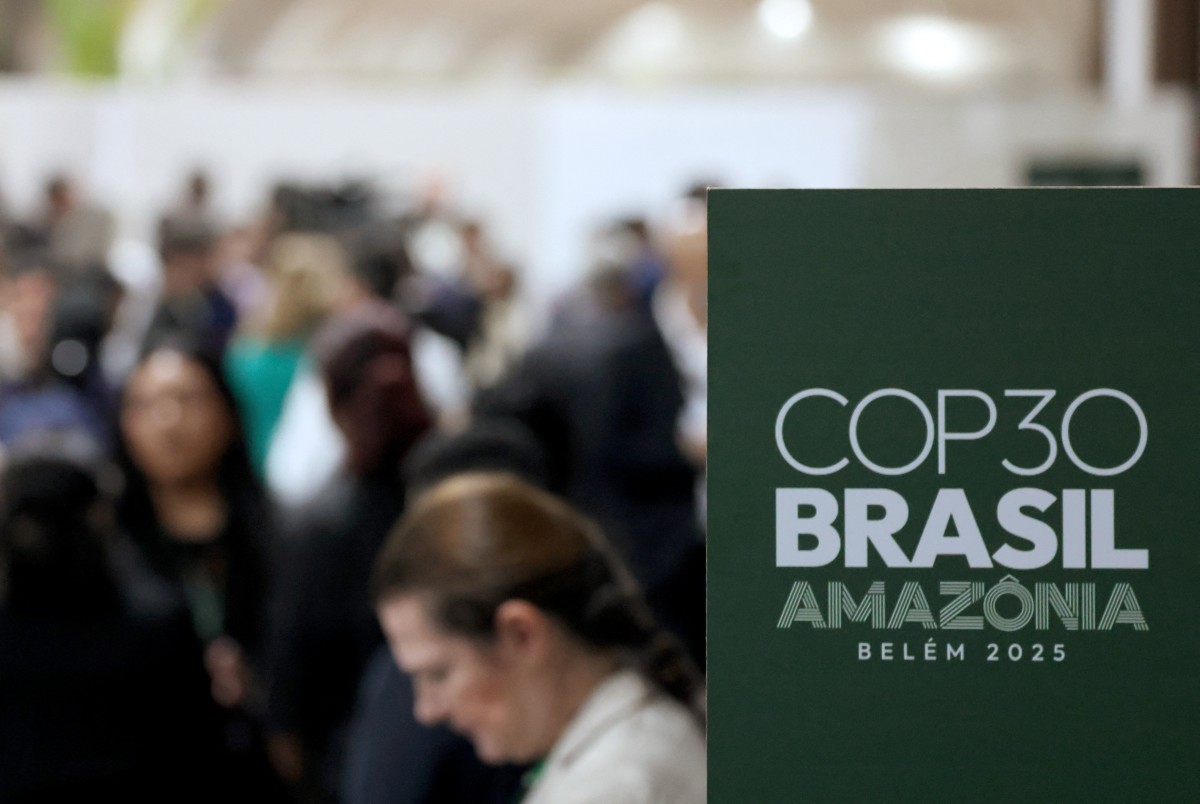Rio Doce disaster: three years on, no significant progress
See below: timeline produced by Conectas with the main facts.
 Barra Longa district. The community was partially covered in mud coming from the Gualaxo do Norte River.
Barra Longa district. The community was partially covered in mud coming from the Gualaxo do Norte River.
Three years have gone by and there is still a long way to go to completely redress the damage suffered by those living in the towns and villages affected by the Rio Doce disaster, that happened on 5 November 2015.
Thousands of people living in the states of Minas Gerais and Espírito Santo were affected by the tragedy, among them fishermen, smallholders, traders and traditional peoples. Until today, the Renova Foundation has still not acknowledged the effects suffered by many of these people, the first step in receiving any kind of compensation.
Many of the people affected, deprived of their economic and cultural activities, their homes and their way of life due to contamination from the river, have been unable to rebuild their lives after the disaster and still await fair compensation.
Read more
Since the disaster that killed 19 people and left thousands of families homeless, two judicial actions have been taken against Samarco, proprietary company of the Fundão dam, in Mariana (MG), and its controlling companies Vale and BHP Billiton.
Resettlements, initially expected to be finished in March 2019, are still far from completion. The current deadline is 24 months from the start of building work. In the cases of Paracatu and Gesteira work has still not started. Reconstruction of the Bento Rodrigues district, the area most seriously affected by the mud, started just a few months ago.
During these three years there has been intense mobilisation by the groups of people who were affected, the Public Prosecutor’s Office and civil society to ensure the participation of those affected in the decision-making process on remedial measures. In June 2018, after much to-ing and fro-ing, a Term of Conduct Adjustment (TAC), was signed between the three companies involved and public authorities, to create a space for participation.
However, five months after the TAC was signed representatives of the people affected by the disaster have still not been included in the Renova Foundation or the Interfederative Committee.
The disaster has also been the object of hard-hitting statements by UN specialists. In December 2015, the UN Working Group on business and human rights visited some of the affected areas and subsequently produced a report. In addition, the lack of compensation to victims has been denounced twice at the UN Human Rights Council.
The Inter-American Human Commission on Human Rights of the Organisation of American States (OAS), also listened to criticisms by civil society organisations monitoring the case. During a visit to Brazil the IACHR went to Mariana, one of the municipalities that was worst affected by the mud.
See below the timeline produced by Conectas, setting out the principal milestones in the creation of a mechanism to redress the Rio Doce disaster, over the last three years:
